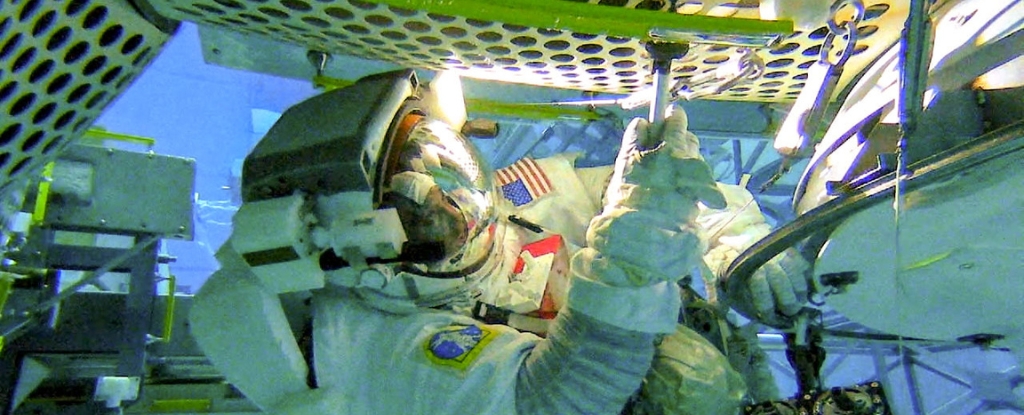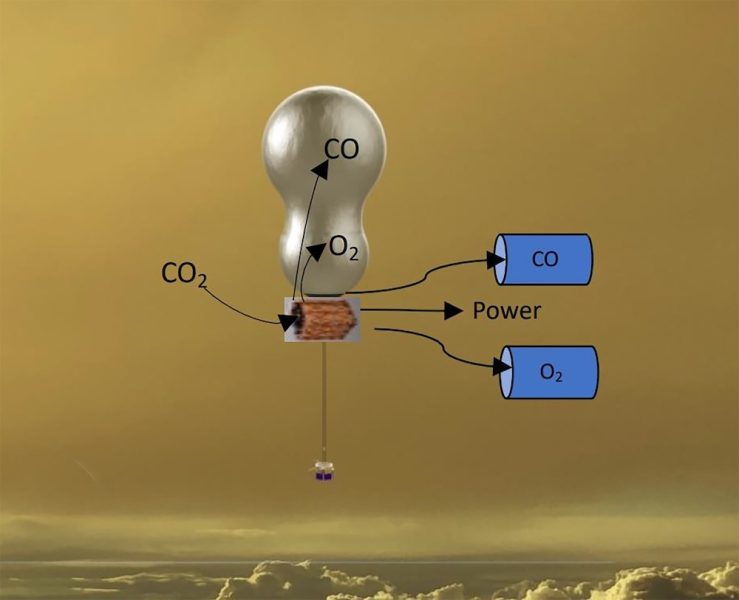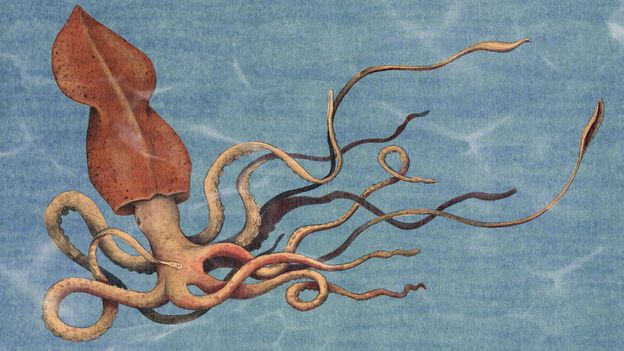JWST Just Changed Everything We Know About The Interstellar Medium—See The Pictures! – The Daily Galaxy –Great Discoveries Channel

Centuries after a star’s explosive demise lit up the night sky, its remnants are revealing secrets hidden deep in the cosmos. The James Webb Space Telescope (JWST) has captured astonishing new images of interstellar dust, exposing intricate patterns and mysterious changes that defy expectations. What hidden forces are shaping these stunning cosmic structures?The intricate swirls and striations of interstellar dust have been revealed in stunning detail thanks to the James Webb Space Telescope (JWST). Capturing the light echoes from a supernova explosion over three centuries ago, these new images showcase the dynamic structure of the interstellar medium like never before. This groundbreaking observation offers not only an artistic glimpse into the cosmos, but also a deeper understanding of the processes shaping our universe.In the late 17th century, observers witnessed the brilliant explosion of a star now known as Cassiopeia A. Located 11,000 light-years from Earth, the supernova left behind a glowing remnant of gas and dust, which has become a rich area of study for astronomers. The light from the explosion continues to illuminate the surrounding space, producing faint “light echoes” as it reflects off cosmic dust clouds. Thanks to JWST’s advanced infrared capabilities, scientists are now able to observe these echoes in exquisite detail. Previous efforts, such as those using the Spitzer Space Telescope, provided hints of the complexity in these regions. However, Spitzer’s resolution was limited compared to JWST. “We were pretty shocked to see this level of detail,” said Jacob Jencson, an astronomer at the California Institute of Technology.The new JWST images revealed sheets of densely packed material adorned with knots and whorls, resembling the grain of a tree. These observations go beyond the surface, offering a three-dimensional view of the interstellar medium’s internal structure. Astronomer Josh Peek from the Space Telescope Science Institute remarked, “We see layers like an onion. We think every dense, dusty region that we see, and most of the ones we don’t see, look like this on the inside. We just have never been able to look inside them before.”This deeper look comes from JWST’s ability to detect faint red light that was previously invisible to other instruments. Observations from August and September 2024 captured changes in the dust structures over just a few days, illustrating the dynamic nature of the interstellar medium. The phenomenon of light echoes, which occurs when light reflects off a physical barrier like dust, played a crucial role in unveiling these details.The level of detail captured by JWST allows researchers to study the interaction of dust with magnetic fields, a key factor in shaping interstellar environments. The patterns in the dust clouds may be linked to magnetic field lines that crisscross space, driving the turbulent motion of cosmic matter. “This is the astronomical equivalent of a medical CT scan,” said Armin Rest of the Space Telescope Science Institute. “We have three slices taken at three different times, which will allow us to study the true 3D structure. It will completely change the way we study the interstellar medium.”Such advancements promise to transform our understanding of the universe. Previous studies of light echoes have relied on brighter events or thicker dust clouds closer to light sources, like the famous case of V838 Monocerotis, a star that produced vivid echoes in the early 2000s. By contrast, JWST is now uncovering thinner and more distant dust structures with unprecedented clarity.The findings, presented at the 245th Meeting of the American Astronomical Society, are just the beginning. Future studies will dive deeper into the observations, exploring the magnetic turbulence and chemical composition of the dust clouds. As JWST continues its mission, astronomers anticipate even more discoveries that will reshape our understanding of cosmic phenomena.For now, the images of Cassiopeia A serve as both a scientific milestone and a testament to the beauty of the universe. They remind us of the intricate dance of light and matter unfolding far beyond Earth, a spectacle rendered visible thanks to the cutting-edge technology of JWST.Astronomer Jencson summed it up succinctly: “The universe is more complex than we ever imagined, and JWST is letting us see it like never before.”Got a reaction? Share your thoughts in the commentsEnjoyed this article? Subscribe to our free newsletter for engaging stories, exclusive content, and the latest news.Comment Save my name, email, and website in this browser for the next time I comment.
© 2024 | Daily Galaxy | All rights reserved
Source: https://dailygalaxy.com/2025/01/jwst-changed-interstellar-medium-pictures/






